As Vena cava the two large veins, the superior vena cava (superior vena cava) and the inferior vena cava (inferior vena cava), in which the blood of the great body circulation is collected and conveyed into the right atrium in the common inflow path Sinus venarum cavarum. These are the two veins with the largest inner diameter, which can reach two to three centimeters depending on the requirements.
What is a vena cava?
The return flow of the oxygen-poor blood from the body's circulation to the heart occurs via the upper (superior vena cava) and the inferior vena cava (inferior vena cava).
The two vena cava flow into a common inflow path (sinus venarum cavarum) into the right atrium, from where the blood is pumped through the right ventricle into the pulmonary circulation in order to be re-enriched with oxygen. The two vena cava have a variable cross-section of two to three centimeters and are therefore the body veins with the largest cross-section. The venous blood from the upper part of the body, i.e. from the head, neck and chest area and the upper extremities, collects in the superior vena cava. This also includes the organs above the diaphragm such as the lungs.
However, this does not affect the blood of the closed pulmonary circulation, which is not used to supply the lung tissue with energy and nutrients. The inferior vena cava takes in the venous return of blood from the abdomen and the lower extremities.
Anatomy & structure
The superior vena cava is created at the level of the first rib on the right edge of the sternum through the merging of several veins that collect the venous blood from the head, neck and arms. In the further course to the right atrium of the heart the vena azygos joins, which together with the vena hemiazygos forms a system of cavocaval anastomoses, i.e. a connection between the venous vascular system of the upper and lower vena cava.
The inferior vena cava is created by the merging of the two large pelvic veins and runs upwards to the right of the descending branch of the aorta. Several vein openings ensure the direct outflow of blood from the lower organs and other body tissue. This does not apply to the intestinal area, because the blood, which is enriched with numerous substances, is first conducted from the portal vein into the liver and only after it has been processed in the liver does it reach the inferior vena cava directly below the diaphragm. In contrast to the other veins, the two vena cava do not have venous valves. As with all blood vessels, the walls of the vena cava are made up of three layers, but the walls of the veins are much thinner than the arterial walls because the blood pressure within the venous vascular system is significantly lower.
The innermost layer of the vena cava walls, the intima, consists of endothelial cells that originate from a fine connective tissue membrane, the basement membrane. The middle layer, called the media, is made up of elastic fibers and smooth muscle cells. The externa or adventitia, which contains connective tissue and elastic fibers, connects to the outside. Blood vessels and nerve fibers to supply the vessels with oxygen-rich arterial blood also run in the external device.
Function & tasks
The two vena cava function as a central collecting basin for the "used", low-oxygen blood from the large body circulation.Its main task is to empty the collected venous blood into the right atrium during the relaxation phase of the atria, from where it is pumped via the right ventricle into the small body circulation, also known as the pulmonary or pulmonary circulation.
In a further function, the vena cava, due to their large volume in connection with their partially elastic vessel walls, ensure pressure equalization in the venous vascular system so that the central venous blood pressure within the large body circulation does not rise above 15 mm Hg. The cavocaval anastomoses, which correspond to a connection between the vascular system of the upper and lower vena cava, can take on a certain degree of back-up functions in an emergency, which can come into play in the event of stenoses or even blockages of a vein.
The two vena cava offer an ideal opportunity to insert catheters into the right atrium for diagnostic or therapeutic purposes without, for example, having to cross a heart valve.
Diseases
The most common health problems associated with the two vena cava are caused by temporary or permanent functional impairment. The functional limitation can be caused by external influences, for example by compression of the vessel, or by internal stenoses or blockages.
The best-known form of vena cava compression is vena cava syndrome, which can particularly affect heavily pregnant women. The syndrome can occur when the expectant mother is supine and the child compresses the inferior vena cava, obstructing the return flow of venous blood from the regions below the diaphragm. An acute drop in blood pressure can occur, which can even lead to unconsciousness in the heavily pregnant woman.
The vena cava syndrome can, however, also be triggered by swellings and tumors if the growths take up the appropriate space. If the superior vena cava is affected, it is a so-called upper congestion (superior vena cava syndrome), which is usually noticeable through specific symptoms such as a feeling of pressure in the neck area. Similar symptoms can occur if one of the two vena cava is blocked by injuries or narrowing (stenoses) or by blood clots (thrombi).

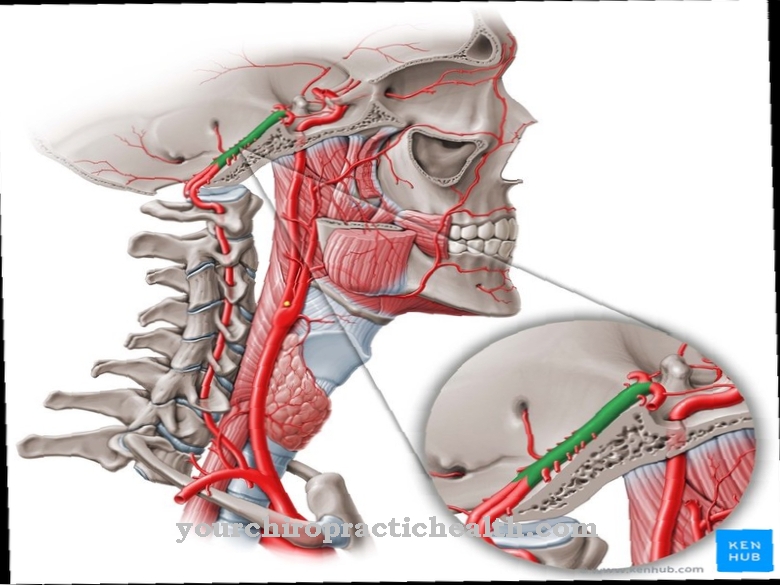
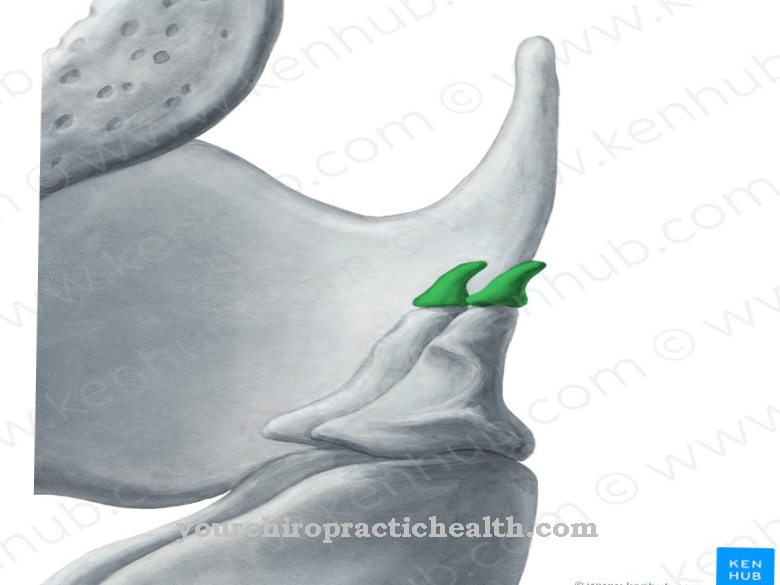

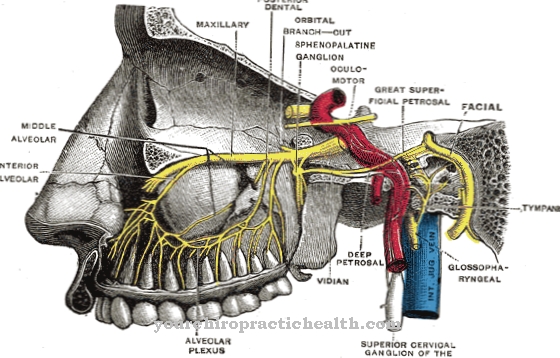
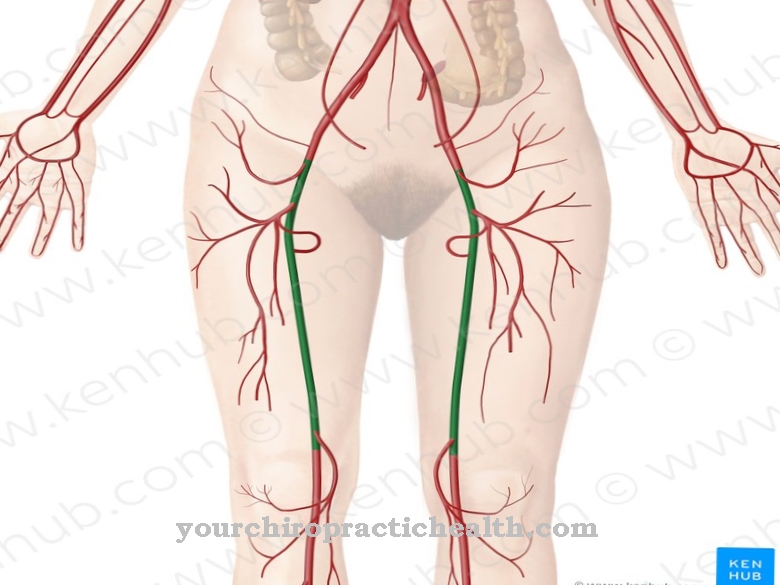
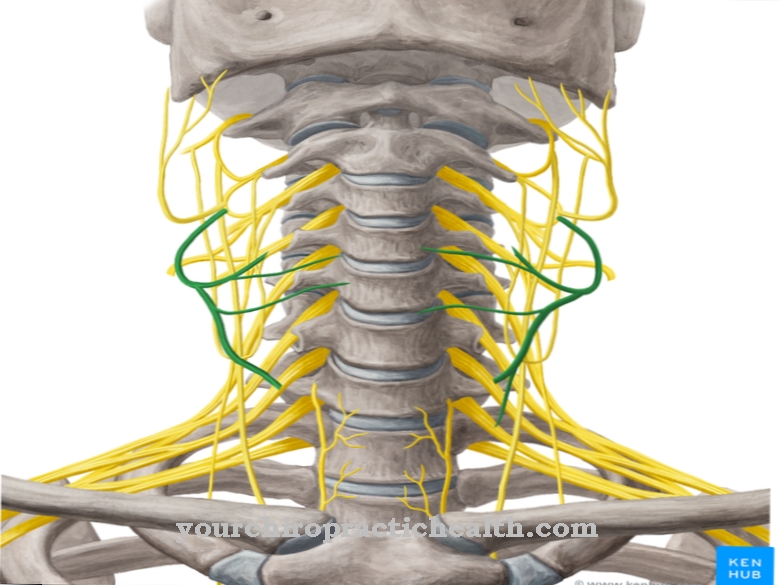






.jpg)

.jpg)
.jpg)











.jpg)